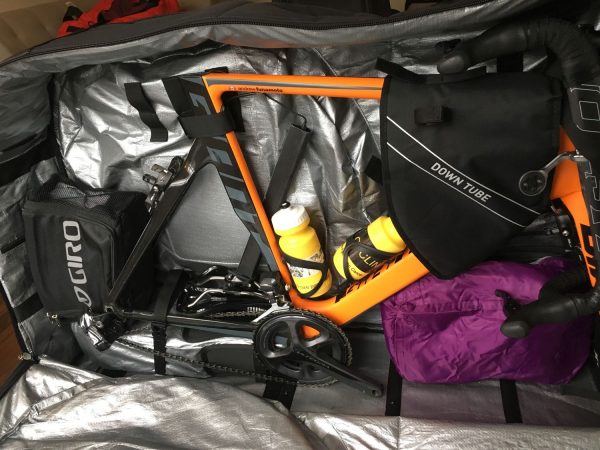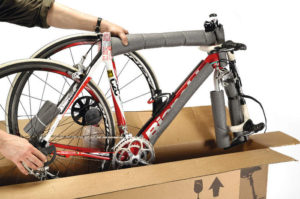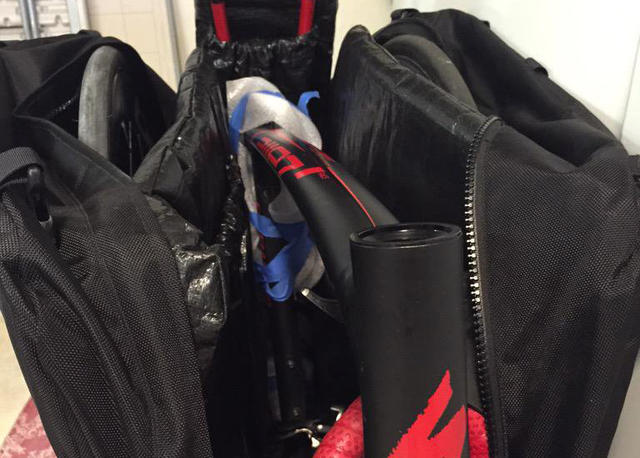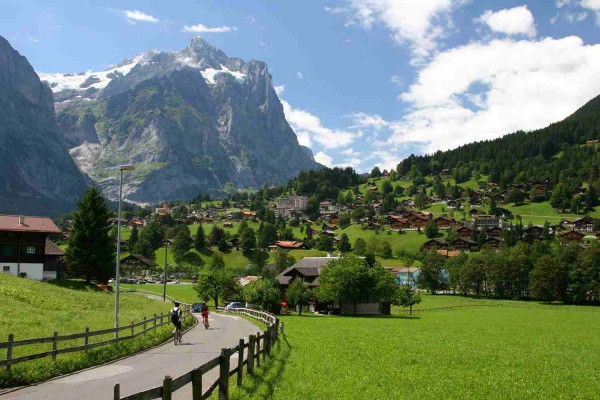Two of the greatest things in life are cycling and traveling, so why not combine the two? Choosing to plan your next holiday around your bicycle doesn’t necessarily mean strapping on panniers and riding for 8 hours a day. Although bike touring is an adventure all its own, it’s not for everyone or for every trip. Instead, choose a bike friendly location and use your wheels to experience it like a local.
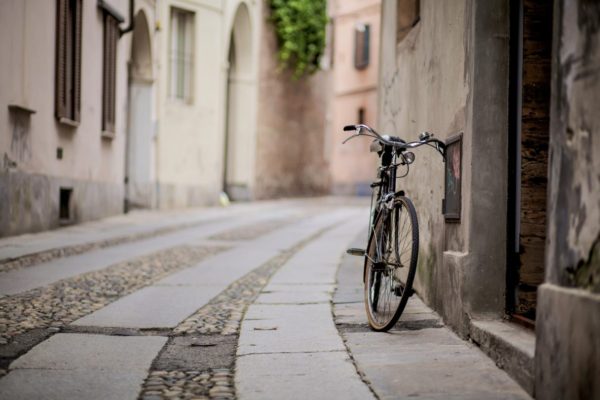
Whether you’re driving or flying, taking your bike along isn’t actually all that difficult. If you want to skip the hassle altogether, bike rentals or shares, and overall cycling infrastructure has become increasingly popular. Many hotels even have loaner bikes that you can use to cruise around the city or countryside, although it probably won’t be as light or nice as the bicycle you’re used to.
Planning your trip around certain rides you want to do, or corners of the city to explore, can greatly widen your horizons. By skipping the typical bus tour and planning out your own routes ahead of time can get you onto the backroads and experiencing the culture like a local. If you need more convincing, here are some of the top reasons to include cycling as a cornerstone of your next trip.
6 Reasons to plan your trip around cycling
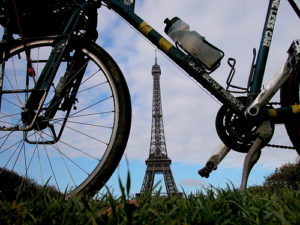
-
Eat whatever you want
Okay, maybe not whatever you want, but while travelling it’s nice to be able to partake in the local delicacies guilt-free. If you’ve already put in an hour’s ride up and down the winding streets of a city, you can sit back and enjoy that latte and croissant.
-
Meet people
When you’re on your bike, there’s no barrier between you and the outside world. You can easily stop and talk to people, ask directions, or simply smile at those you pass. Plus, you’ll have the opportunity to connect with other cyclists that may cross your path.
-
Save money
With no rental car fees or bus passes, you are powering your own way around. Not only does it save you money, but it’s also a whole lot easier. You won’t have to worry about parking, or figuring out what stop to get off at.
-
Freedom
Have you ever been on a bus or in a taxi and passed a beautiful building or natural scene? You can only catch a glimpse before it’s gone. If you’re on a bike, then you’re free to stop whenever and wherever you want. With no strict timeline, you can get off the beaten path and experience some of the hidden gems away from the main tourist attractions.
-
Get the experience of a local
Not only are you sightseeing from your bike saddle, but you’re also hearing, smelling, and even tasting everything around you. Cycling really is one of the best ways to take in a place, and you get a more authentic experience than if you were driving.
-
It’s faster
If you’re in a busy city, cycling is often faster than driving. You can cruise by traffic jams and sometimes avoid the chaos of busy streets altogether by taking bike paths or trails.
While walking is also a great way to explore new places, cycling can be even more freeing as you can cover so much more ground. Start planning your next trip around an area you want to cycle, and then build out from there. There’s no better way to start checking things off your “bike-it” list!
